#paul clipson
Text
Chorus (2009-2010) by Paul Clipson
Music by Gregg Kowalsky
#Paul Clipson#film#cinema#movie#movie stills#film frames#cinematography#movies#films#experimental film
8 notes
·
View notes
Photo



Love’s Refrain (2016)
5 notes
·
View notes
Photo


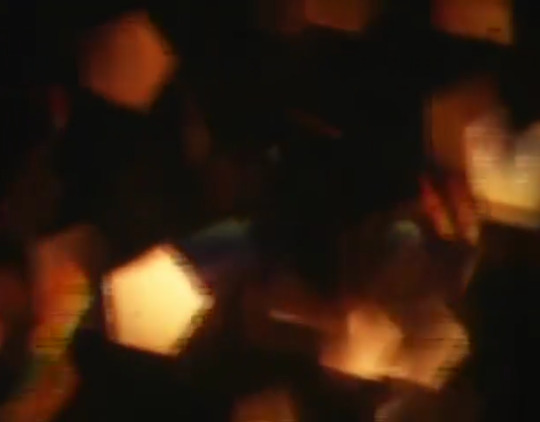



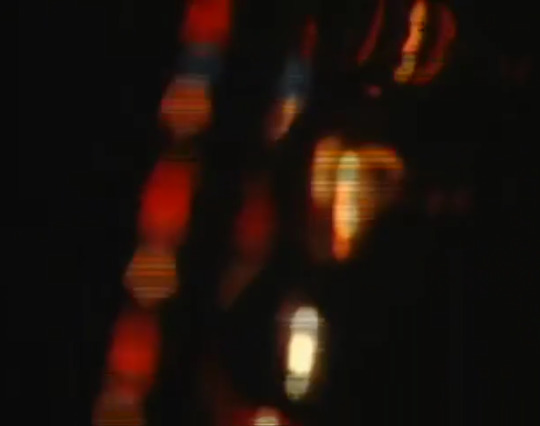


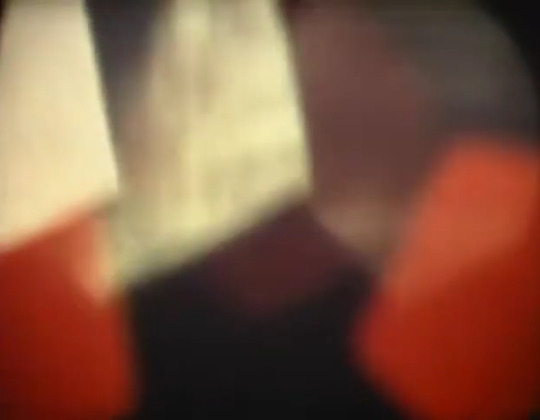
Two Suns (2005)
8 notes
·
View notes
Text

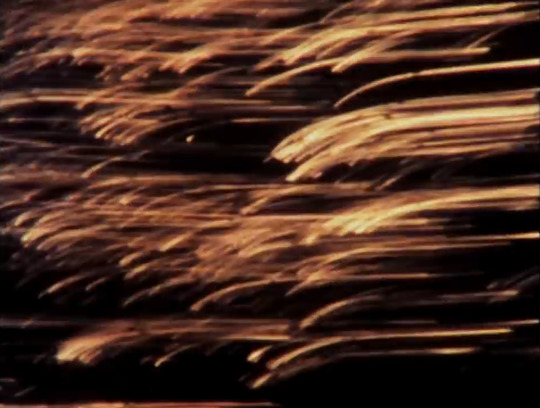
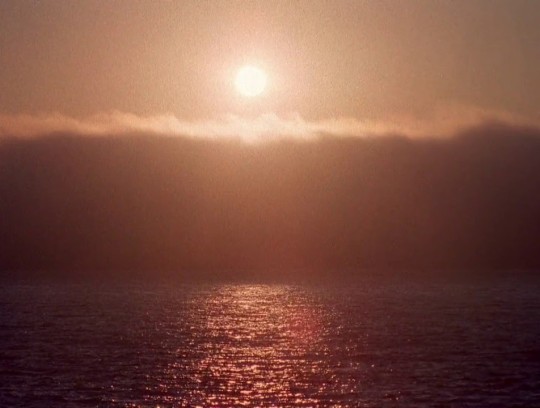
Headache (2016) - Paul Clipson
14 notes
·
View notes
Text
Curator Spotlight: Lawrence Rinder

One of the joys of writing this journal is not just talking to creative people across Northern California, but visiting them. Recently we spent an amazing day with Lawrence Rinder at his ranch in Ukiah. The ranch is what you might expect from a curator known for exhilarating (and sometimes controversial) exhibitions—we were surprised at every turn. Weeks later, we're still not sure what our favorite part was: Linder's hospitality, the collaborate quilt project done on a Travis Meinholf loom (the "Johnny Appleseed of loom makers" according to our host), or the fact that hidden away in the Ukiah valley is a small artistic paradise. But we’ll let the pictures do the talking. And Rinder, who is as eloquent as ever.
Studio AHEAD: What brought you to Ukiah?
Lawrence Rinder: Back in the 90s, when I was a curator at the Berkeley Art Museum and Pacific Film Archive, I used to take weekend trips to the country. One of my favorite places to go was Orr Hot Springs. I came to believe that the hills around Orr Springs Road are one of the most beautiful places in the world. So, when a property came up for sale, right across from the hot springs, I looked into buying it. That place was unaffordable, but it started me on a search for a little piece of land to own. About seven years later, in 2004, I was sitting at my desk at the Whitney Museum in New York when an email arrived from the agent I’d been working with in Ukiah. She’d sent just a few photos of the McNab Ranch property, but her message was clear: this is the place you’ve been looking for and, if you want it, you have to make a full-price offer today. So, I did. A few months later, I left the Whitney and moved back to California to live at the top of this wonderful mountain.
SA: The ranch has become a creative hub of sorts for visiting artists. Does the creative activity at the ranch intersect with your work as a curator?
LR: When I first got the place, it was meant to be a refuge, a place to heal after all the craziness of New York. I spent a year up here more or less alone. That was a big change for me, living so remotely. At first it was a little scary. I really had no idea about how to do anything. And I was afraid of monsters at night, LOL Then I met my partner, Colter, and that helped. But what really brought the place to life and gave it much of the character it has today is a result of inviting two artists to come visit: Jesse Schlesinger and David Wilson. I met Jesse when he was an undergrad at CCA and I was director of the Wattis Institute. For the graduation exhibition, he had installed a little pavilion made of wood that he called The Sun House. I asked him if I could buy it and have installed up here in Ukiah. Jesse set it up in a beautiful corner of the property that we call the Sacred Grove. That piece woke up for me the idea that this could be a place for art.
David Wilson arrived at about the same time. He had been organizing amazing festivals, at places like Angel Island and Tilden Park. He’d invite artists, musicians, craft people, all kinds of wonderful folks and the thing would just sort of happen organically over many hours, sometimes even over several days. So, Colter and I invited him to do something like that up here. Liz Harris performed at night while people were arriving, and you could hear her trippy sounds all across the valley. Paul Clipson screened films on a sheet that had been hung up in the forest. Jerome Waag cooked an enormous paella and roasted a whole wild boar underground for a whole day and night. Gautam Ganeshan performed a morning raga. And so much more. People camped in various spots all over the property. We did a few more of those, and I came to enjoy the feeling of having people around and loved how inspired folks were by the land.
So, we started to have people come up for informal creative residencies. Basically, anyone who asked could come, for as long as they wanted. Sometimes, we didn’t even know who would be up here when we arrived for the weekend. It was a wonderful balance to the more regimented outcome-based administrative work I was doing at BAMPFA, where I had returned as director in 2008. We even built a few more spaces for people to live during their time here: the Forest House, Garden House, and Studio. Now, thanks to Nobuto Suga, we also have a barn with a lovely upstairs writing studio/sleeping loft.
SA: The entire set up is stunning One of our favorites was Paul Discoe-designed “peasant house,” which got us thinking about the role of architecture in curating an exhibition.
LR: The Paul Discoe house was designed, in the style of a ninth-century Japanese farmer’s house (with a few nods to modern times like glass windows and a metal roof), to serve as a little schoolhouse. It has a library, a classroom, and a bedroom for the visiting teacher. Since COVID, it’s been more used a guest house, but I hope we get back to having classes there again soon. The house was initially built as a class project with a group of fifteen people including Colter, Jay Nelson, Andria Lessler, Kanoa Zimmerman, Terri Loewenthal and others. Jesse Schlesinger was the project director. Paul taught every aspect of designing and building in the traditional Japanese manner. They spent the first two months sharpening their tools! Ultimately, the project took six years and involved over two hundred people, basically everyone who came to visit during that time leant a hand in some way or other. Some of the classes we have had in the building are contemporary dance (with Marie Blaise), Japanese woodcarving, flamenco, and conversational Spanish.
As it happened the period of working on the Discoe house coincided almost exactly with my work on the new BAMPFA building, designed by Diller, Scofidio + Renfro. During the week I’d be conceptualizing visitor flow, gallery dimensions, and HVAC systems; and on the weekend, I’d be stomping clay for our TsuchiKabe walls. It was a good balance, mental and physical ways of building. Each project was designed with very different creative aims. BAMPFA was made intentionally non-linear, with a variety of spaces, and occasional bright colored walls to inspire attention and surprise. The Discoe house was made without plumbing or electricity so it would be completely silent and calm, with windows placed to limit direct light, and every element handmade with care to inspire thoughtfulness and loving awareness. Each building was intended to be an engine of creativity, but in very different contexts, one urban-academic and the other for small gatherings in a natural setting.
SA: We love how, even in your leisure time, you are still thinking, interacting with art and artists. What is one exhibition of yours that you feel was misunderstood or did not get enough attention?
LR: So many! Haha. Some of the artists whose work I showed who I wish had been more appreciated include Rina Kimche, Rudolf de Crignis, and Irwin Kremen. Look them up! As for exhibitions, I think BitStreams, which I did at the Whitney in 2001 and which explored the impact of digital technology on art in various media was under-appreciated at the time and, because there was no catalog, has had virtually no afterlife.
SA: You have published a novel and write poetry, and curation and literature have sometimes intersected for you—a few years ago you did an exhibition on Theresa Hak Kyung Cha's Dictee in relation to her other work. Was curating this more challenging in that it was more textually rather than visually based? Personally, I love literary exhibition, but they are rare and feel different.
LR: The thing about Theresa Cha’s work is that it is textual AND visual. Her use of text is informed by concrete poetry, in which the appearance of the words themselves is part of the meaning and affect of the text. Even in her book Dictee, the arrangement of the words on each page is considered visually. Another wonderful example of her profoundly visual approach to text is her contribution to Apparatus, the fantastic anthology of French film theory that Theresa edited. As Theresa wrote, her aim was to find language “before it is born on the tip of the tongue.” She was interested in that shadowy, liminal space of consciousness on the edge of awareness. I adore her work. It is so limitless and resonant.
Another text project I worked on which I remember fondly was with Larry Eigner, a remarkable poet who lived in Berkeley. I worked with him to inscribe one of his poems on the enormous concrete walls of the old BAMPFA building on Bancroft Way. The poem wrapped around the building, using each facet of the façade like a page in a book. It was wonderful.

SA: Finally, tell us an exhibition you’d love to do but have not.
LR: I’d love to do an exhibition of work by the Dutch artist Hercules Segers. I might even come out of retirement for that!
Photos by Ekaterina Izmestieva

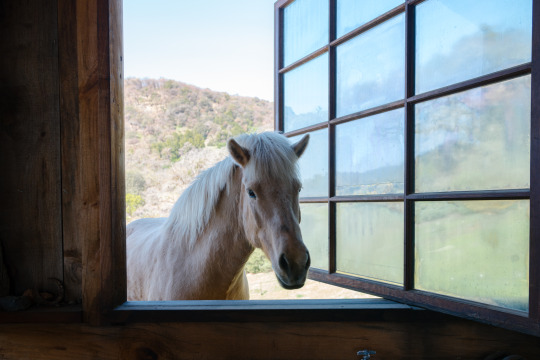

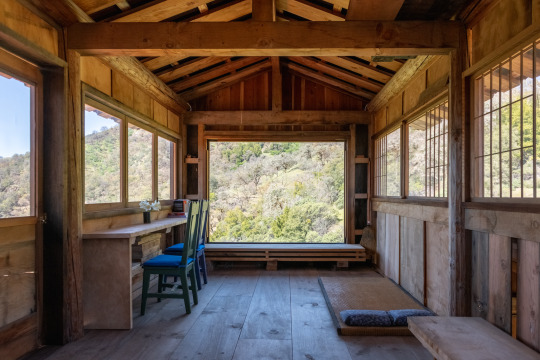

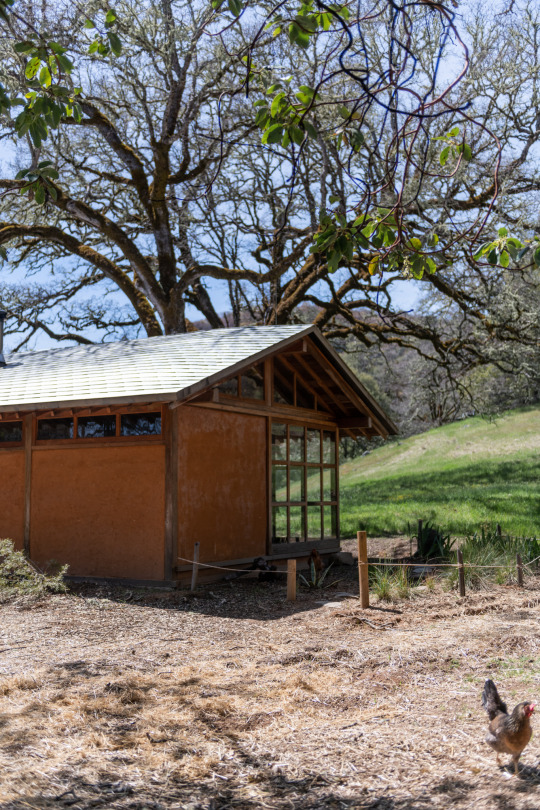
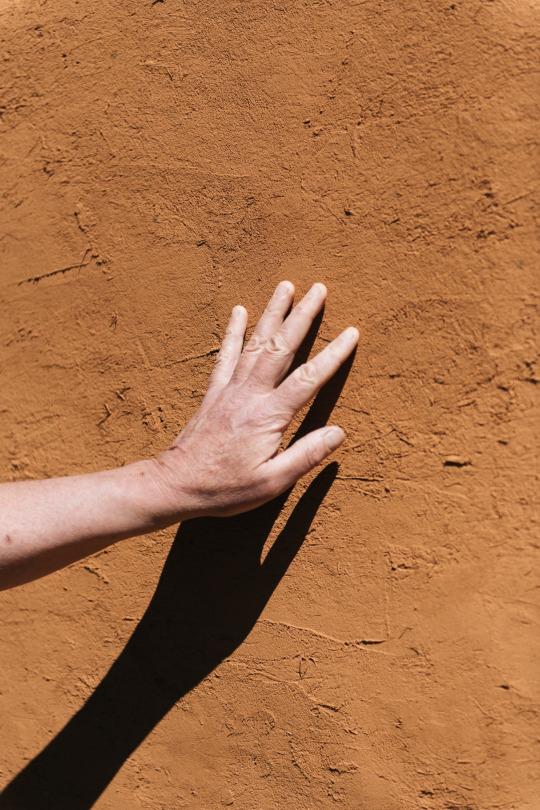


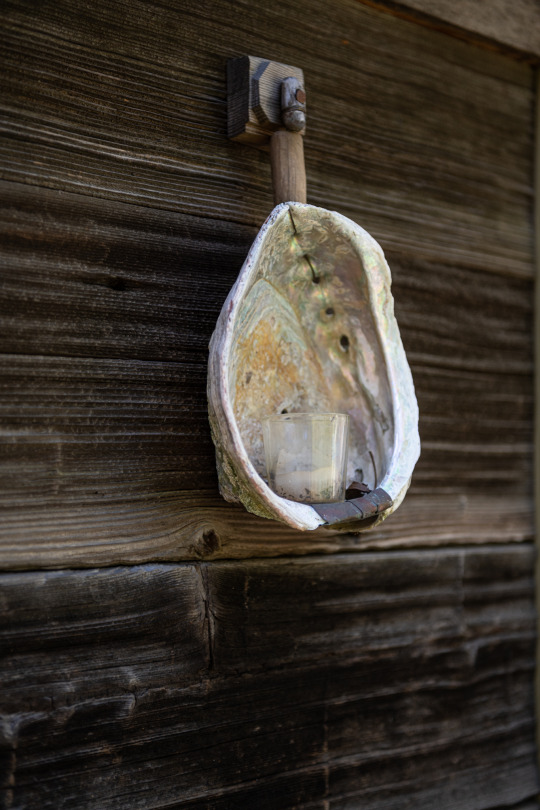



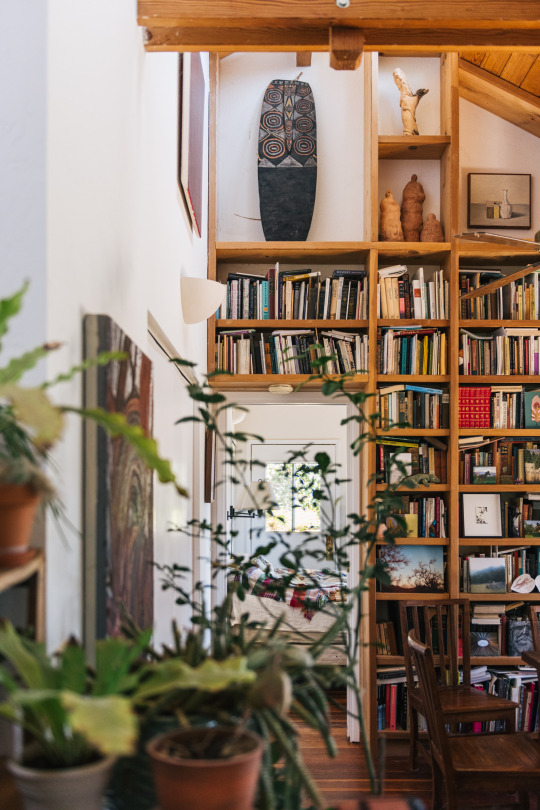
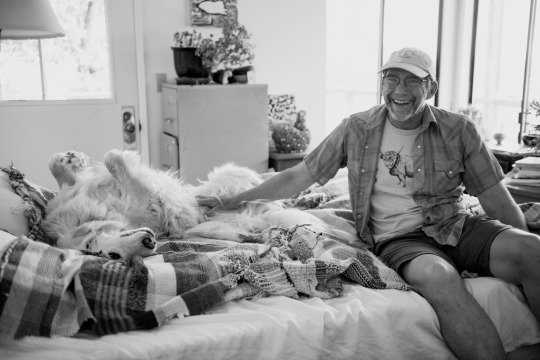

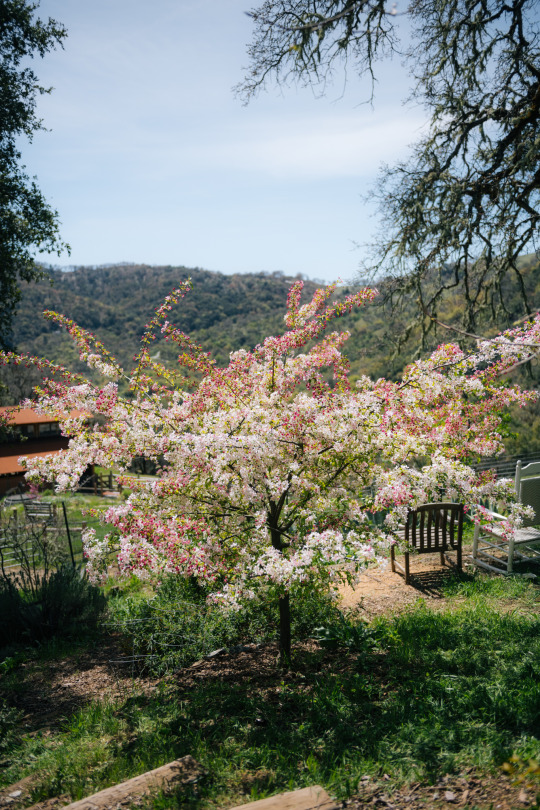
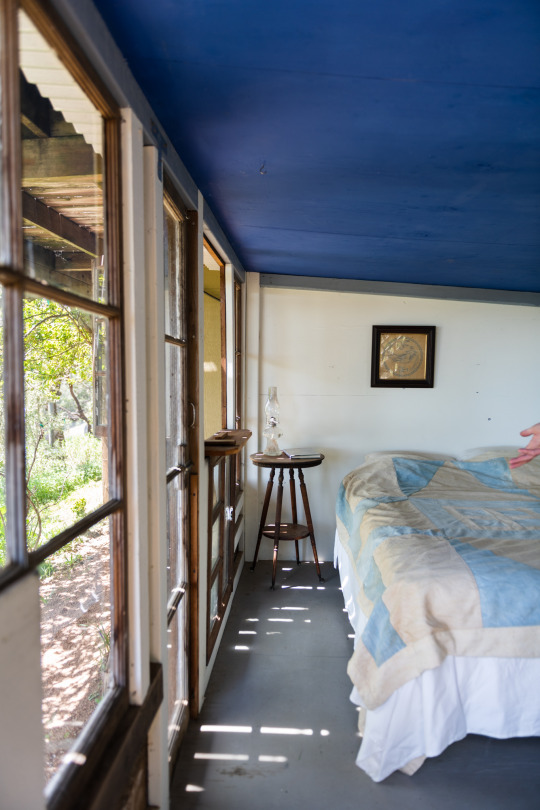

0 notes
Video
instagram
Thanks to Sam Sharkland and @mcevoyarts for including my film Study in Colour and Form as part of the Visible Light screening. Visible Light runs in conjunction with the exhibition Color Code and features a great roster of moving image artists such as Larry Cuba, Lillian Schwartz, Paul Clipson, @jodiemack & @emily.scaife amongst others. The Color Code exhibition presents a diverse range of work from the McEvoy collection including Joseph Albers, Petra Cortright, Marilyn Minter, Donald Judd and many more. It looks like an incredible show of work and I wish I could go.
Color Code / Visible Light, at McEvoy Foundation for the Arts, 1150, 25th St Building, San Francisco. Sept 23rd - Jan 21st.
0 notes
Text
Gravity Spells Returns- “Embrace the Vortex”
Gravity Spells Returns- “Embrace the Vortex”
By Brian Darr
May 19, 2022
In 2014 John Davis produced a double-album entitled Gravity Spells: Bay Area New Music and Expanded Cinema Art, which presented sound recordings made by himself as well as Maggi Payne, Tashi Wada, Ashley Beloun and Ben Bracken, paired with accompanying DVDs featuring work by local moving image artists Lawrence Jordan, Craig Baldwin, Paul Clipson and Kerry Laitala. The…

View On WordPress
0 notes
Photo


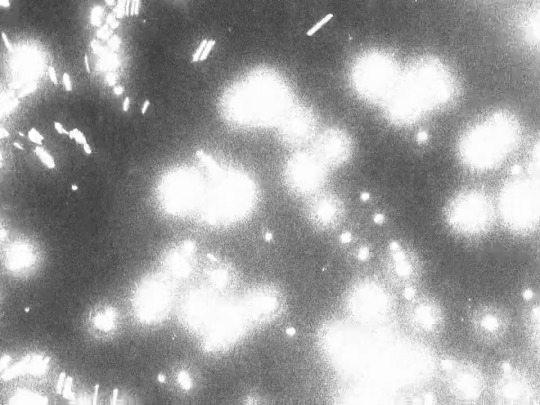
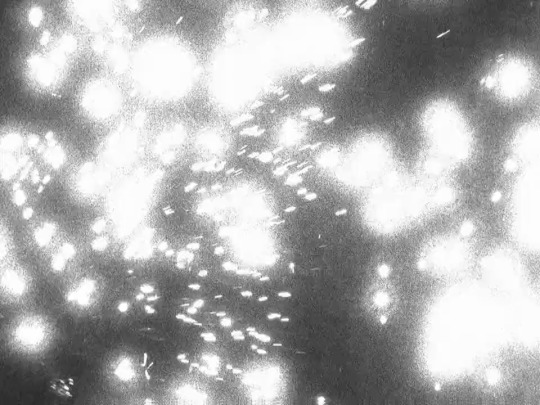

made of air, paul clipson
11K notes
·
View notes
Photo




Paul Clipson - Made of Air (2014)
#paul clipson#grouper#liz harris#art house#art house cinema#experimental film#experimental cinema#avant garde#avant garde cinema#film
103 notes
·
View notes
Photo

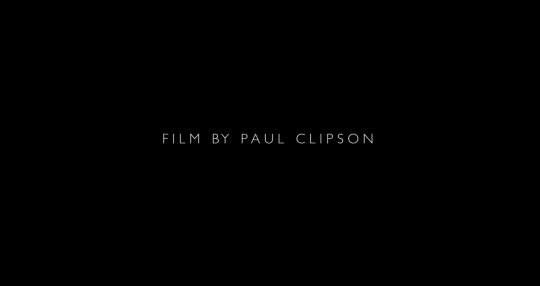
Love’s Refrain (2016)
3 notes
·
View notes
Photo

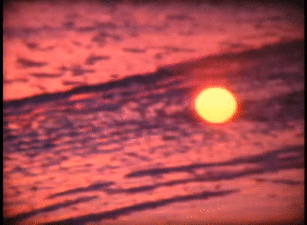
Paul Clipson, {2014} Arp: Pulsars E Quasars
#film#gif#filmgifs#paul clipson#arp#pulsars e quasars#2014#experimental film#music video#landscapes#sea#sun#sunset#red#2010s#violet#male filmmakers#8mm#usa#film diary 2020#films#.gif
10 notes
·
View notes
Photo




Paul Clipson - Two Suns (2005)
28 notes
·
View notes
Photo

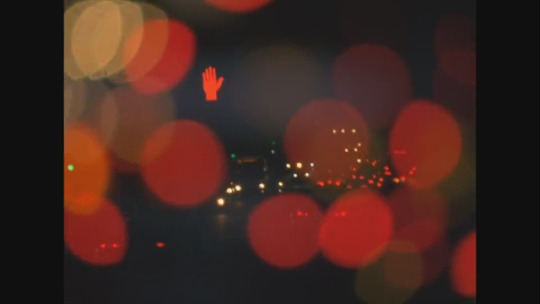
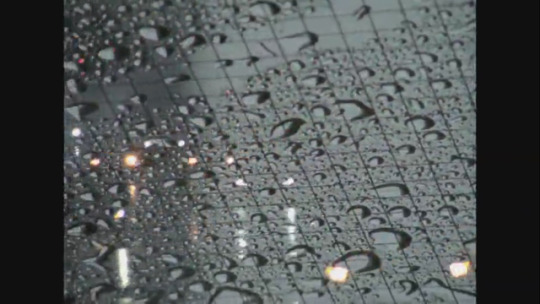


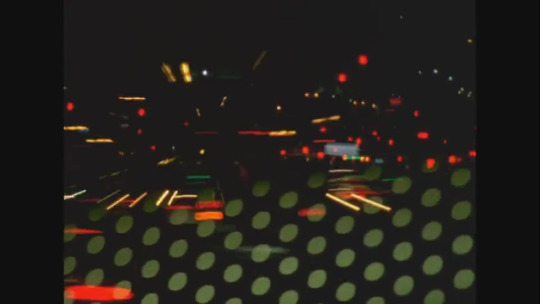


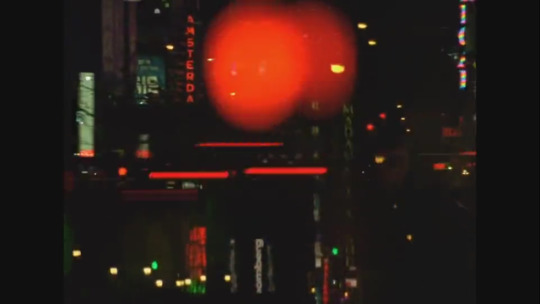

hypnosis display
(paul clipson, 2014)
160 notes
·
View notes


